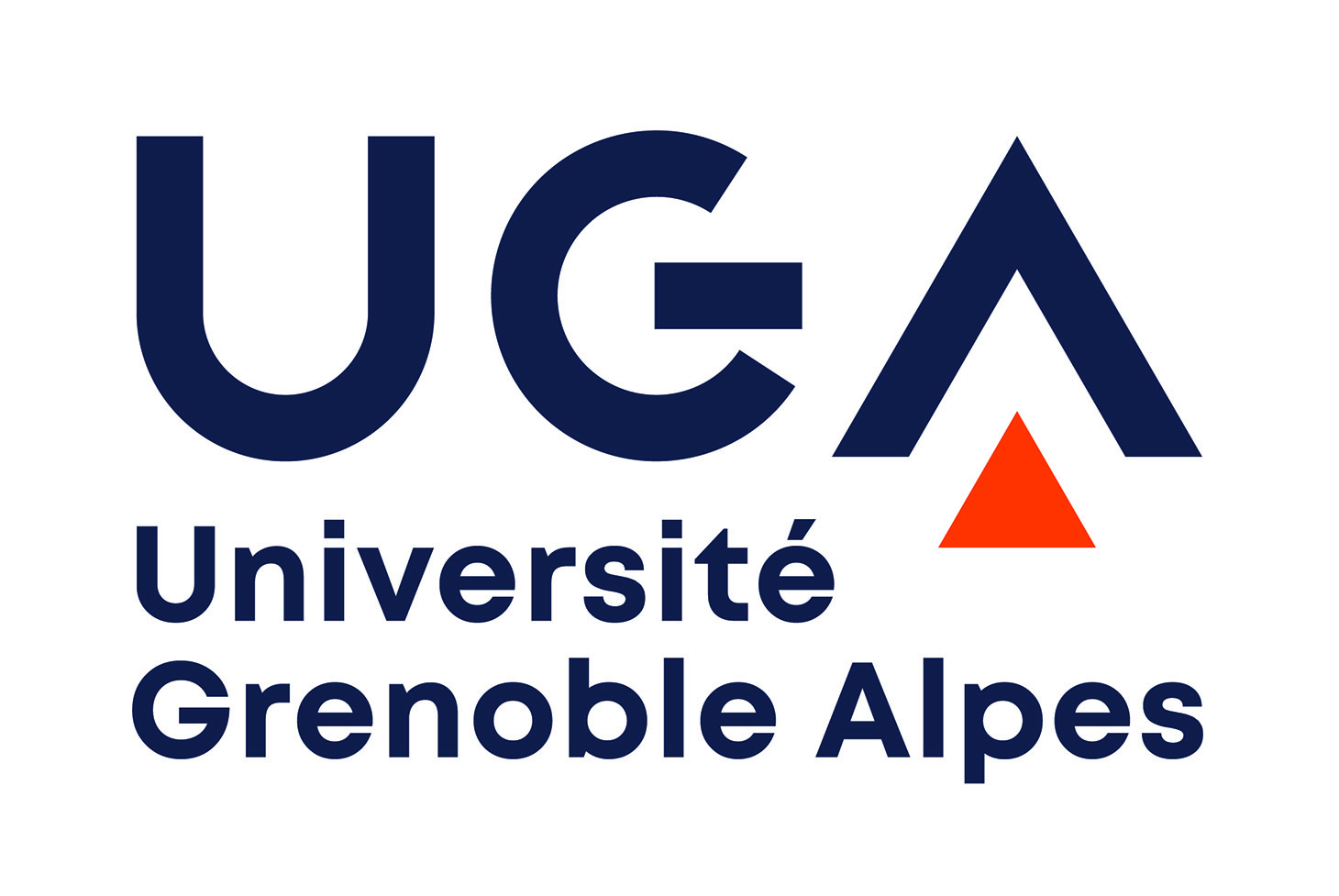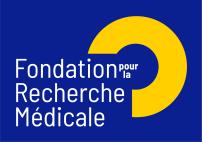Manager : Homaira NAWABI
Keywords: Retina, brain, spinal cord, axonguidance, functional recovery
Research interests:
Neural circuits allow interactions with the outside world and homeostasis inside the body. Their dysfunction (neurodevelopmental diseases, neurodegeneration or traumatic lesions) leads to alterations in motor, sensory and cognitive functions. Our goal is to understand how circuits are set up in the embryo and how these circuits can be built again in adults after a lesion.
Our team studies neural circuits formation from different aspects:
Setting up circuits during development
We study the formation of neuronal circuits in the embryo using two circuits as models: the establishment of the cortex and the development of visual circuits.
Neural circuits formation in a context of regeneration
We are studying mechanisms underlying axon regrowth in adults. In addition, we aim to connect these regenerating axons to their proper targets to allow functional return (vision, sensory and motor)
Translational approach to promote nervous system regeneration
The final objective of our work is to promote nervous system repair in patients to allow functional recovery. We have initiated innovative strategies to move our best candidates from basic research to applied research and drug discovery. Currently we are developing two collaborative projects:
- With Sabine Chierici (from the chemistry-DCM- department of the University) and Stephane Belin (GIN- U1216) we set up a peptidomimetic approach to obtain a bank of peptide mimics to promote regeneration of the central nervous system. We have established a screening method ranging from embryonic neuron cultures to in-vivo survival/regeneration tests to select the best peptides and be able to generate drug candidates.
- With Stephane Belin and Clement Hebert, we are using neuro-implants and circuit training to allow circuits reformation and functional recovery.
Technics used in the lab:
Ex-vivo and in-vivo models of central nervous system lesions (optic nerve, spinal cord)
Molecular biology: cloning, PCR-qPCR, NGS
Viruses: production/use of AAV viruses, lentiviruses and rabies viruses
Cell biology: Immunohistochemistry, Immunofluorescence, in-situ hybridization
Biochemistry: immunoprecipitation, western blot, proteomics
Cell culture: primary neuron culture, cell lines, explants/microfluidics
Microscopy: epifluorescence, confocal, live imaging, 2-photons
Behavioral test to assess visual, motor and sensory recovery
Main collaborations:
Dr Isabelle Arnal (CNRS, GIN U1216, France)
Dr Stephane Belin (INSERM, GIN U1216, France)
Pr Alain Chédotal (IdV, Paris, France)
Dr Sabine Chierici (CNRS, DCM Grenoble, France).
Dr Yohan Couté (EDyP, CEA France).
Dr Clement Hebert (INSERM, GIN U1216, France)
Dr Benoit Laurent (Sherbrook University, Canada).
Recruitment
Pensez à consulter nos offres dans la section "NOUS REJOINDRE".
the team welcome all application for PhD, postodoc... send a CV and letter of motivation at stephane.belin inserm.fr (homaira[dot]nawabi[at]inserm[dot]fr)
inserm.fr (homaira[dot]nawabi[at]inserm[dot]fr)
Social Media :
X : Nawabi-Belin Lab @N_Blab
Institut des neurosciences de Grenoble @GINeuroGrenoble
LinkedIn : Homaira Nawabi
Partners : 



Thesis of the team
Publications
Selected publications :
1- Schaeffer J, Vilallongue N, Belin S, Nawabi H. Axon guidance in regeneration of the mature central. Neural Regen Res. 2023 Dec;18(12):2665-2666. doi: 10.4103/1673-5374.373663. PMID: 37449613;
2- Schaeffer J, Vilallongue N, Decourt C, Blot B, El Bakdouri N, Plissonnier E, Excoffier B, Paccard A, Diaz JJ, Humbert S, Catez F, Saudou F, Nawabi H, Belin S. Customization of the translational complex regulates mRNA-specific translation to control CNS regeneration. Neuron. 2023 Sep 20;111(18):2881-2898.e12. doi: 10.1016/j.neuron.2023.06.005. Epub 2023 Jul 12. PMID: 37442131;
3- Vilallongue N, Schaeffer J, Hesse AM, Delpech C, Blot B, Paccard A, Plissonnier E, Excoffier B, Couté Y, Belin S, Nawabi H. Guidance landscapes unveiled by quantitative proteomics to control reinnervation in adult visual system. Nat Commun. 2022 Oct 13;13(1):6040. doi: 10.1038/s41467-022-33799-4. PMID: 36229455;
4- Visual system repair: what's next? Vilallongue N, Nawabi H. Neural Regen Res. 2022 Apr;17(4):800-802. doi: 10.4103/1673-5374.323076.PMID: 34472477
5- Adult Mouse Retina Explants: From ex vivo to in vivo Model of Central Nervous System Injuries. Schaeffer J, Delpech C, Albert F, Belin S, Nawabi H. Front Mol Neurosci. 2020 Nov 25;13:599948. doi: 10.3389/fnmol.2020.599948. eCollection 2020.PMID: 33324161
Link Pubmed always up to date:
Members
- Homaira NAWABI, DR2 Inserm
- Racha Al Tannir- PostDoc
- Monia Barnat, CRCN, Inserm
- Samuel Carlier, PhD Student (co-direction C Hebert)
- Apolline Delaunay, PhD Student (co-direction S Belin)
- Celestion Gasnier, Tech UGA
- Mickael LeBoulc’h, PhD Student (co-direction C Hebert)
- Ana Saint-Pierre, AI- Inserm